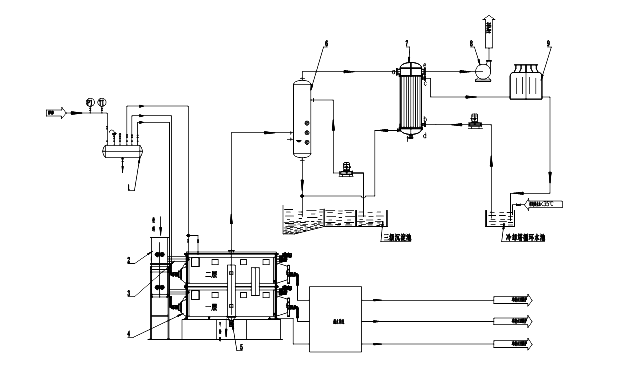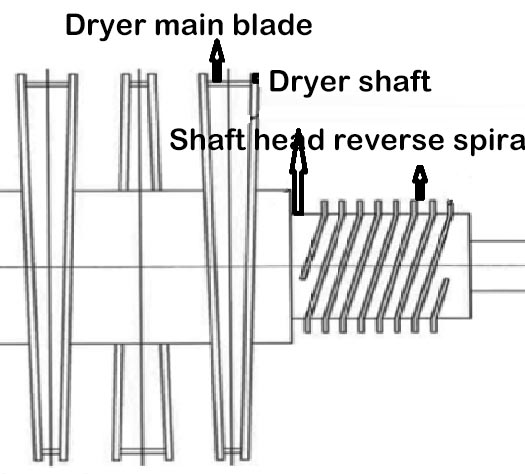In the production process of light calcium carbonate, drying is one of the main energy-consuming units, and it is also an important process that affects the final quality of the product, such as impurities such as black spots, pH, and sedimentation volume. Therefore, it is especially critical and urgent to choose drying equipment with low energy consumption, high productivity and green environmental protection.
1, light calcium carbonate drying characteristics
Drying of light calcium carbonate generally goes through two stages:
(1) First, the concentrated calcium carbonate slurry is mechanically dehydrated to form a filter cake having a water content of about 30%, and then the filter cake is mechanically broken into uniform granules;
(2) The granular material enters the dryer, and the drying process is completed after dispersion, heat transfer and mass transfer.
The characteristic of calcium carbonate filter cake is that it is a paste-like material, and its moisture is mainly composed of osmotic water, and the viscosity of the material is large and the dispersion is poor.
It is very important to crush and disperse in the drying process, and the best way to remove the infiltrated water is to directly transfer heat to the material. Therefore, the drying of the light calcium carbonate should be carried out by a dryer which is advantageous for material dispersion and heat transfer area.
2, light calcium carbonate commonly used drying equipment
Drying equipment commonly used in light calcium carbonate enterprises includes drum dryers, rotary tube dryers, mesh belt dryers, tray dryers, paddle dryers, and rotary flash drying.
3. How to choose a light calcium carbonate drying equipment?
At present, the drying equipment used in China’s calcium carbonate industry is mostly used in other industries, and these equipments are not designed for the drying of light calcium carbonate, and often need to be customized or modified according to production requirements.
For light calcium carbonate producers, only by continuously improving the level of drying technology and minimizing the cost of drying can they be invincible in the fierce market competition environment. Therefore, light calcium carbonate enterprises choose drying equipment. The following points should be followed:
(1) to ensure the product quality requirements, uniform drying quality;
(2) Adapt to the state of the material, such as block, slurry or powder, granular, etc.;
(3) The drying rate is high and the required production capacity is achieved;
(4) Low energy consumption, high thermal efficiency, and stability;
(5) It has little environmental pollution and a good working environment;
(6) Low investment, safe and reliable operation;
(7) Adapting to the thermal deterioration of the material, that is, considering the heat sensitivity of the material, which determines the upper limit of the temperature of the material to be dried, is an important condition for selecting the drying equipment and the heat source;
(8) According to the process, the performance requirements of the drying equipment are proposed and determined, and the equipment manufacturer provides equipment that can fully meet the process requirements.


